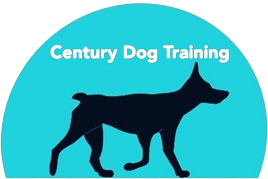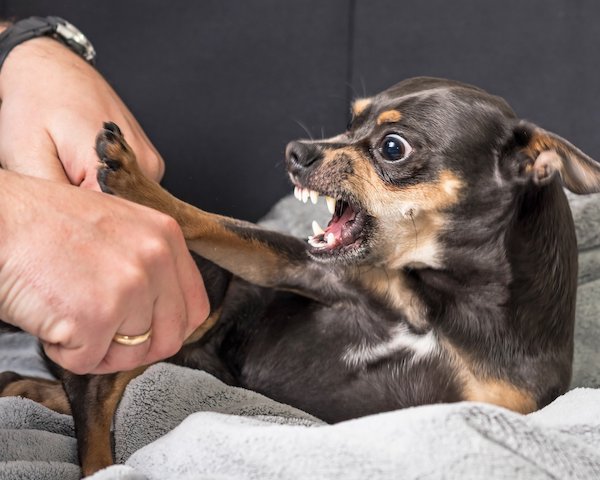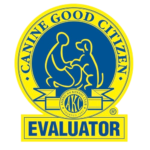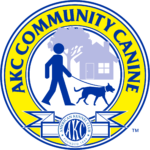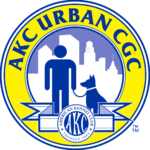Aggressive behavior in dogs can be a serious issue, affecting the safety and well-being of both the dog and its owner. Addressing aggression promptly and effectively is crucial to ensure a harmonious relationship with your pet and a safe environment for everyone involved.
At Century Dog Training, we have experience in handling aggressive behavior in dogs throughout the Layton area. Here are some essential tips for managing and modifying aggressive behavior in your dog.
Understanding Canine Aggression
Aggression in dogs can manifest in various forms, including territorial, fear-based, and protective aggression. Understanding the different types and their triggers is the first step in addressing the issue. Common triggers include:
- Territorial Aggression: Dogs may become aggressive when they perceive a threat to their territory, such as strangers approaching their home.
- Fear-Based Aggression: Fearful dogs may resort to aggression as a defensive mechanism.
- Protective Aggression: Dogs may exhibit aggressive behavior to protect their owners or family members.
Identifying the root cause of your dog’s aggression is essential for effective management. Factors such as past traumatic experiences, lack of socialization, or even medical conditions can contribute to aggressive behavior.
Identifying Signs of Aggression
Recognizing the signs of aggression early can help prevent escalation. Common signs include:
- Body posture: Most dogs will give subtle signs through body language before lunging or snapping. This may include raised hackles, forward facing alert ears or a tensed mouth.
- Fearful Body Language: If a dog is acting aggressively out of fear they will usually display clear signs that they are uncomfortable before acting aggressively. This may be “whale eyes” or showing the whites of their eyes or pinning their ears. Other signs include panting or lip licking. If these signs are ignored a dog may resort to baring teeth or more aggressive measures.
- Vocalizations: A dog may vocalize before acting aggressively. These will usually be the most obvious signs. Dogs may growl, snarl, or even whine when faced with a trigger. Many dogs will also bark.
It’s important to differentiate between aggressive behavior and normal protective instincts. While it’s natural for a dog to bark at an unfamiliar person approaching the house, excessive aggression that poses a risk to others needs to be addressed.
Prevention Strategies
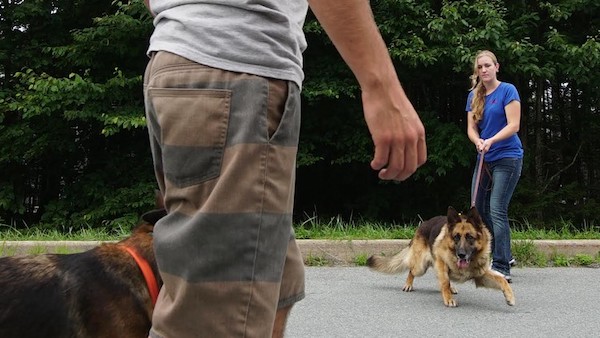
Preventing aggressive behavior starts with proper socialization and training. Here are some strategies to consider:
- Early Socialization: Expose your puppy to a variety of environments, people, and other animals. This helps build confidence and reduces fear-based aggression.
- Positive Environment: Create a structured, predictable environment for your dog. Consistent routines and clear boundaries can help reduce anxiety and aggression.
- Regular Exercise and Mental Stimulation: Physical activity and mental challenges are crucial for a dog’s overall well-being. A tired dog is less likely to exhibit aggressive behavior due to pent-up energy or boredom.
Behavior Modification Techniques
When addressing existing aggression, positive reinforcement and behavior modification techniques are essential:
- Positive Reinforcement: Reward your dog for calm and non-aggressive behavior. Treats, praise, and playtime can reinforce desired behaviors. This also helps build associations in your dog’s mind.
- Desensitization and Counterconditioning: Gradually expose your dog to the trigger of their aggression in a controlled and safe manner. Pair this exposure with positive experiences to change their emotional response.
- Commands and Cues: Teach your dog basic commands and leash skills as well as a “leave it.” These commands can help redirect your dog’s focus and control aggressive impulses.
Creating a Safe Environment
Ensuring the safety of everyone in your household and visitors is paramount when dealing with an aggressive dog:
- Safety Measures: Use leashes, muzzles, and secure areas to manage your dog’s behavior during training. These tools can prevent incidents while you work on modifying your dog’s behavior.
- Educate Family and Visitors: Teach family members and visitors how to interact with your dog safely. Establish rules for approaching and handling the dog to minimize stress and aggression.
Long-Term Management and Consistency
Consistency is key in managing aggressive behavior over the long term:
- Maintain Routines: Stick to regular feeding, exercise, and training schedules. Predictability helps reduce anxiety and aggression.
- Review and Adjust: Continuously assess your dog’s progress and adjust training strategies as needed. What works initially may need to be refined over time.
- Celebrate Progress: Acknowledge and reward small victories in your dog’s behavior. Positive reinforcement will encourage continued improvement.
Conclusion
Managing aggressive behavior in dogs is crucial for creating a safe and harmonious environment. By understanding the root causes, identifying signs early, implementing prevention strategies, and using effective behavior modification techniques, you can help your dog become calmer and more well-adjusted. Consistency and a proactive approach are essential for
long-term success.
If you need additional support, don’t hesitate to contact Century Dog Training for personalized advice and training solutions tailored to your dog’s needs. Take the first step today towards a happier, safer relationship with your furry friend.
